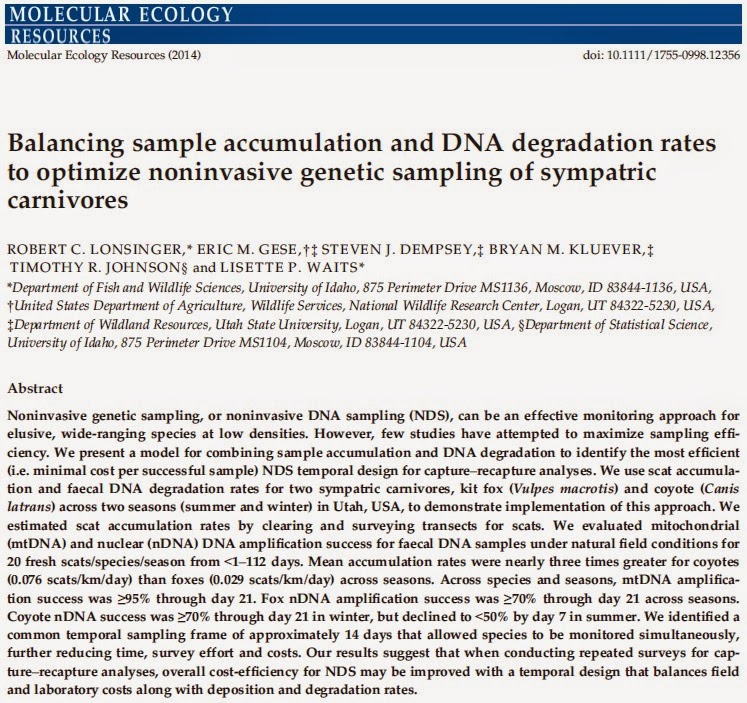The "Golden Age" of Biology
When scientists think about communication, we often think primarily about communication within the scientific community: working with collaborators, presenting our research at professional scientific meetings and conferences, and publishing our research in scientific journals. The general public does not attend these meetings, does not read the scientific literature, and does not knock on our doors asking for the latest and greatest findings. But they do fund a significant amount of our research through taxes and fees that ultimately fund state and federal grant programs. Thus as scientists, we have a critical obligation to learn to communicate with the general public in a way that effectively disseminates information and excites people about the work we are doing. Only a small proportion of leading scientists have these communication skills naturally and when they do, they can make everybody who they talk with motivated to learn more.
In the past couple of years I have gotten to know one of these charismatic and innovative scientists,
Dr. Jesse Barber, Assistant Professor at Boise State University. Dr. Barber studies sensory ecology, including how anthropogenic noise influences wildlife species. I have seen him speak on multiple occasions and his ability to communicate with and excite his listeners is unparalleled. In fact, I have chosen to forgo other presentations to see him give a presentation a second time.
Recently, Boise State’s NPR station interviewed Dr. Barber about one of his ongoing research projects. In this audio clip Dr. Barber states that we are in the “Golden Age” of biology. Give this short interview a quick listen to find out what he means by this. You will certainly enjoy the story. [
Click here to be redirected to the NPR interview]
Recent Scientific Updates
The notion that fine-scale genetic structure of highly mobile habitat generalists may be driven by individual heterogeneity in habitat preferences has been gaining support over recent years. A recent article entitled "Dietary Differentiation and the Evolution of Population Genetic Structure in a Highly Mobile Carnivore" provides additional support to the idea and finds that the dietary specializations of wolves in eastern Europe may be influencing the observed fine-scale genetic structure. Take a look at the complete article, written by Pilot, Jedrzejewski, Sidorovich, Meier-Augenstein, and Rus Hoelzel, at
http://www.plosone.org/article/info:doi/10.1371/journal.pone.0039341.
Journeys to the West Desert
I have spent the last 2 weeks in the West Desert of Utah initiating the field portion of my summer DNA degradation study. Weather included atypical rainfall, including heavy thunderstorms, for several days, followed by multiple days of temperatures around 100 degrees.
In addition to initiating the degradation study, this trip has allowed me the opportunity to get out on the landscape and better understand the ecological system. I have conducted multiple transect surveys to gather additional information on scat deposition rates, have begun to become familiar with local plant species and habitat associations (which are in some areas very similar to the Magic Valley, where I have spent the last 2 years), and have collected a series of samples from transect surveys to assess the success rate of species identification based exclusively on size of scat. This trip has also provided an opportunity to coordinate planning necessities with local resources. I missed several excellent shots of pronghorn and coyotes, but I was able to capture a few shots of local reptiles.






























